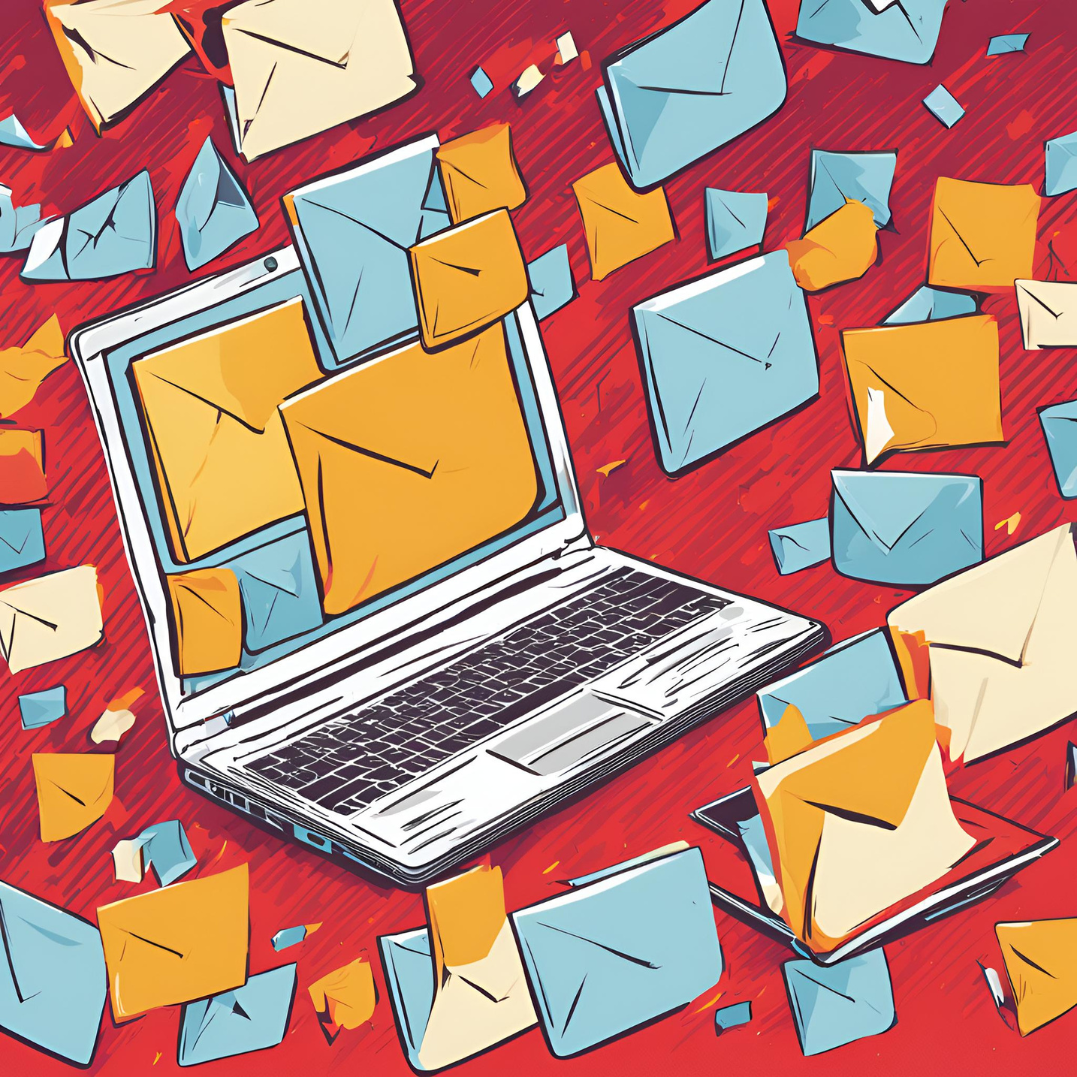As a CEO or senior executive, your LinkedIn inbox is likely overflowing with InMails and messages, many of which may seem like a constant stream of sales pitches. This overwhelming volume can lead to frustration, causing you to dismiss many of these communications as irrelevant. Most may be!
I am not a fan of InMails for various reasons; however, I’m taking a different approach with this article. There may be hidden and worthwhile messages coming your way, and you’re overlooking them because you think they are worthless.
Instead of viewing LinkedIn messages as distractions, consider a strategic approach to evaluating their potential value. Here’s how you can transform this influx of communication into an intentional review of potential products and services that can solve some business problems, especially in light of what you are or are not doing related to AI.
Rethink Your Approach: From Distraction to Opportunity
In the high-stakes world of executive decision-making, every message could represent an opportunity to address a current business challenge or explore innovative solutions. While many LinkedIn messages may appear generic, some could offer genuine value by providing insights or solutions relevant to your company’s needs. Changing your perspective can turn these messages from sources of annoyance into potential opportunities.
The Challenge with InMails: Visibility and Effectiveness
It’s important to recognize a key issue with LinkedIn InMails: they often end up in the “Other” tab of your inbox, making them less visible and easily overlooked. This issue contrasts sharply with connection requests, which always appear in the main Network tab and are more likely to be seen. This visibility disparity can lead to missed opportunities, as InMails may not reach their intended recipients effectively, despite the effort put into crafting them.
Implement a Tactical Plan
Shift Your Mindset: View LinkedIn messages as interruptions and potential opportunities. Recognize that amidst the flood of communication, valuable solutions or insights may be relevant to your business. This mental shift is crucial for effectively managing your LinkedIn inbox.
Allocate Review Time: Designate specific times for reviewing LinkedIn messages in your schedule. Whether it's a brief daily session or a more extensive weekly review, consistent attention will prevent messages from overwhelming you while ensuring you stay on top of potential opportunities.
Establish a Triage System: Develop a systematic approach to categorize messages:- High Potential: Personalized, relevant messages from credible sources that warrant a closer look and thoughtful response.
- Medium Potential: Messages that are somewhat relevant but less personalized. These may be worth exploring further if they align with current business needs.
- Low Potential: Generic pitches or irrelevant messages that can be filtered out or ignored.
- Relevance: Does it address a current business challenge or present a solution?
- Personalization: Is the message tailored to your business’s specific needs?
- Credibility: Does the sender have a reputable background or a solid track record?
Engage Thoughtfully: Respond thoughtfully to messages that show promise. Request more information, ask clarifying questions, or arrange a brief meeting to explore further opportunities. A measured response can open doors to meaningful discussions and potential solutions.
Leverage Market Insights: Even if a message doesn’t directly lead to a solution, it might offer valuable market insights, highlight emerging trends, or provide competitive intelligence. Use these insights to inform your strategic decisions and keep your business ahead of the curve.
Provide Constructive Feedback: When you receive particularly well-targeted or useful outreach, consider giving feedback to the sender. This helps them refine their approach and can lead to more relevant communications in the future. You may want to skip this suggestion - I tend to do this only when I am feeling particularly annoyed over someone telling me they can increase the number of scheduled meetings I will receive through LinkedIn if I work with them or use their tool.
Delegate Wisely: If managing LinkedIn messages overwhelms, delegate the task to a trusted team member. Ensure they understand your business objectives and can filter messages effectively, bringing only the most relevant opportunities to your attention.
Managing the flood of LinkedIn messages as a CEO can be daunting, but with a strategic approach, you can turn this challenge into an opportunity for growth. Your role is to have an expansive mindset - knowing what’s out there and how it can impact your business.
If I hadn’t employed this kind of thinking, I may have missed diving into AI in January 2023, and we would have missed many opportunities over the last year and a half.
Shifting your mindset, setting aside dedicated review time, and implementing a structured plan can help you uncover valuable solutions and insights in your inbox. Embrace this potential and use your LinkedIn messaging as a tool to address business challenges and drive innovation, despite the challenges of message visibility.
Learn more and subscribe to our email newsletter to get our bi-weekly updates and blog posts.
For CEOs and others - here is an older post that still resonates: CEO Push Back.





